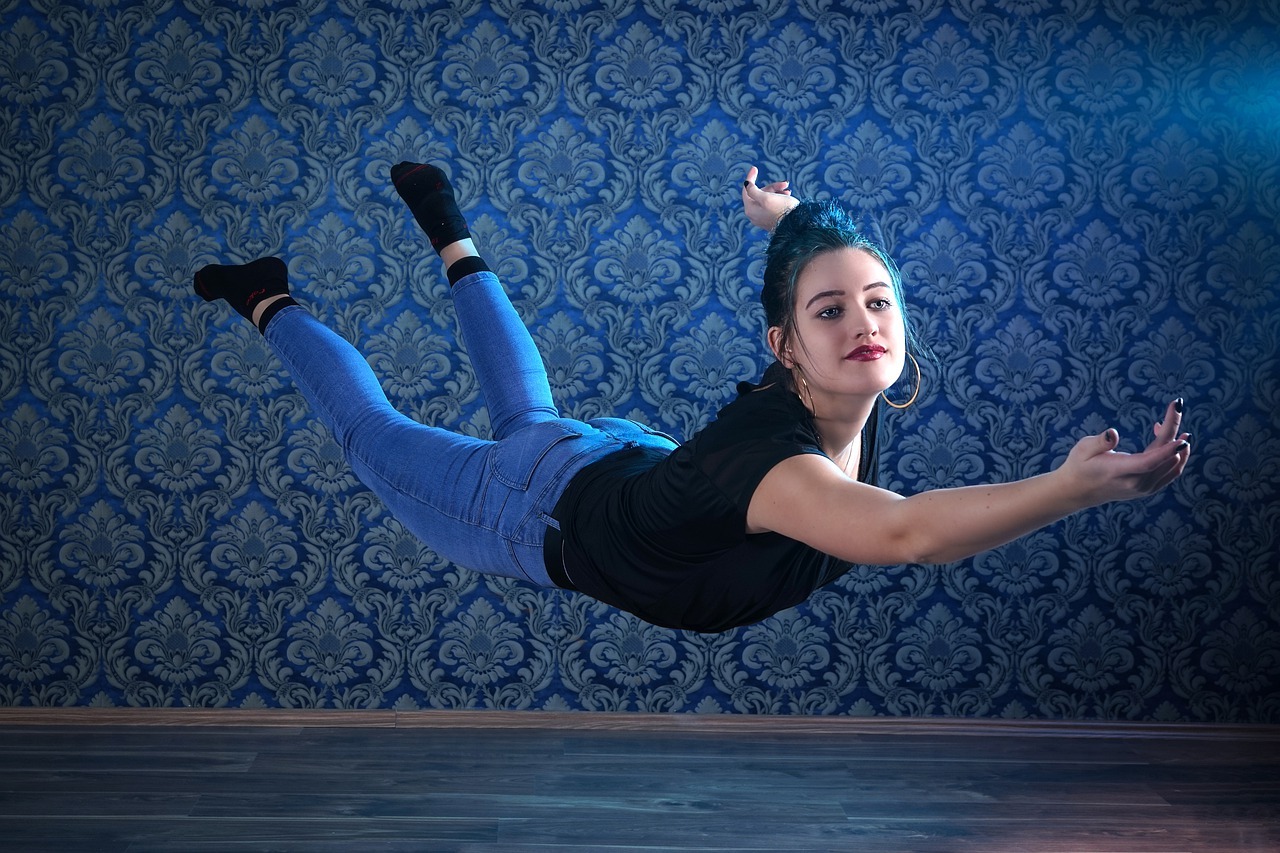Achieving lucidity in a dream is a skill that can be learned, although possibly not every method will be suitable to everyone. Scientists from the US – Liu, Ding, and Chen – analyzed techniques for stimulating lucid dreams (LD). The authors conducted a three-year study to explore the potential of LD, and presented the results at the International Conference on Social Development and Media Communication at the end of 2021.
The report does not offer any new discoveries in the field of LD, but includes an overview of popular techniques that help one to get into a lucid dream. The authors divide all the methods into three groups:
1. Cognitive techniques. These are aimed at increasing the level of consciousness in a dream. The most popular of these are:
– Mnemonic Induction of Lucid Dreams (MILD): practitioners imagine being in a lucid dream and focuse on the feeling of becoming conscious.
– Reality check: practitioners regularly ask themselves during the day if they are sleeping or not.
– Autosuggestion: practitioners create the intention to become conscious in a dream.
2. External stimulation. This is an opportunity to cause LD either by physical stimuli during sleep (light, sound, touch), or by way of medications. However, as the authors note, light and sound stimulation is not very effective, and experiments with tactile variants have yielded complex and inconclusive results. Donepezil and Galantamine are two of the more common drugs used for inducing consciousness in a dream.
3. Other methods. The researchers paid special attention to training using virtual reality. But this technique is not effective for everyone.
As the authors add, in a lucid dream, people get into a virtual world where they feel as real as in waking life. This virtual world provides great opportunities; for example, to heal from nightmares or to train in athletic skills.
What method of stimulating lucid dreams do you usually use?
The text of the report is published on the Atlantis Press website.




